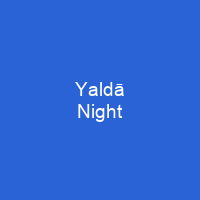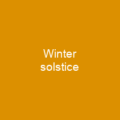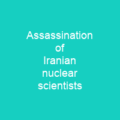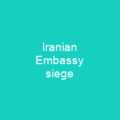Yaldā Night or Chelleh Night is an Iranian Northern Hemisphere’s winter solstice festival celebrated on December 21. The longest and darkest night of the year is a time when friends and family gather together to eat, drink and read poetry until well after midnight. Shab-e Yalda was officially added to Iran’s List of National Treasures in a special ceremony in 2008.
About Yaldā Night in brief

In Zoroastrian tradition the longest and dark night was a particularly inauspicious day. People were advised to stay awake most of the night, lest misfortune should befall them. People would then gather in the safety of groups of friends and relatives, share the last remaining fruits from the summer, and find ways to pass the long night together in good company. The next day was then a day of celebration, and, the festival of the first day of Dae month was known as Navad-ruz (Navadruz). Although the religious significance of the long dark night have been lost, the old traditions of staying up late have been retained in Iranian culture to the present day. In the 10th century, Al-Biruni mentions the mid-year festival that ran from 11-15 Dae. This festival is generally assumed to have been originally on the winter Solstice, and which gradually shifted through the introduction of inccation.
You want to know more about Yaldā Night?
This page is based on the article Yaldā Night published in Wikipedia (as of Dec. 23, 2020) and was automatically summarized using artificial intelligence.







